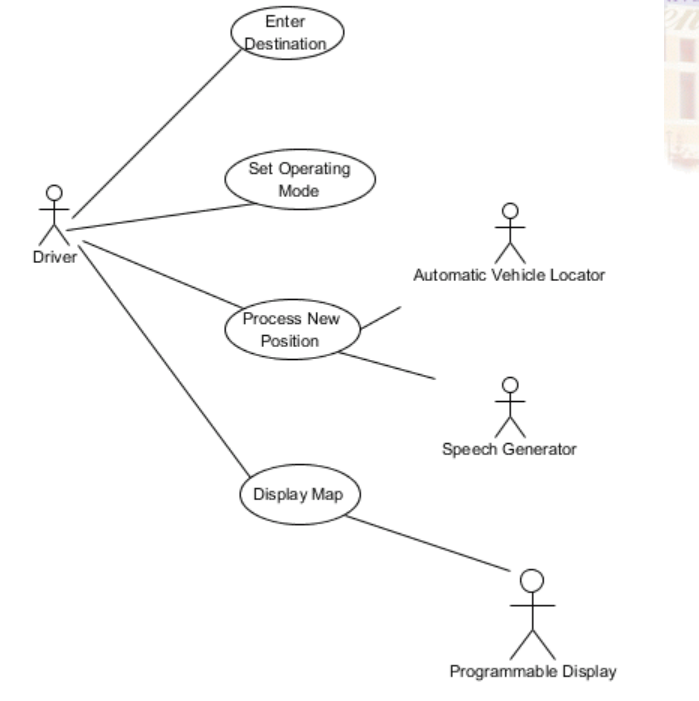Product Design FB 5 cont.
1/19
Earn XP
Name | Mastery | Learn | Test | Matching | Spaced |
|---|
No study sessions yet.
20 Terms
User Stories
A format for expressing “desired business value” (features, requirements). Represent product backlog items and/or sprint backlog items in Scrum.
The components
Card, Conversation, Confirmation
Card purpose
A “placeholder for”/” promise to conduct” more detailed conversations
Conversation purpose
Expose the details of a requirement
Conversation Participants
Development team, Product owner (from Scrum), Stakeholders
Confimation
Conditions of satisfaction (i.e., acceptance criteria that clarify the desired behavior)
Epic
Might span one or more releases (over many months)
Sprintable Stories
Small enough to fit into a sprint
Stories
Requirements of the product (the product must do …)
Tasks
Actions to be completed by the team (a person must do …) in order to realized a story. Are being written for team members
Acceptance Criteria
Are generally being written for, and will be confirmed by, the stakeholders in the story
Use case
: An abstract episode or interaction between a system and its environment.
: A description of one or more sequences of actions that a system performs to yield an observable result.
: A way of using a system.
: A dialog that a system and its environment share as they interact.
;Names are usually verb phrases (e.g., EnterSale)
Use case diagram
A schematic representation of actors, use cases and the relationships between and among them
Actors
Abstractions of agents that interact with a system; Names are usually noun phrases (e.g., SalesRep)

Actors
“is a” relationship (e.g., _____ extends _____)

Use Cases
“use” relationship (e.g., ______ uses ______)

Relationships

Use Case Diagram
Software Product Design
process of specifying software product feature, capabilities and interfaces to satisfy client needs and desires.
User Interface
A system that allows for interaction between a human and a device